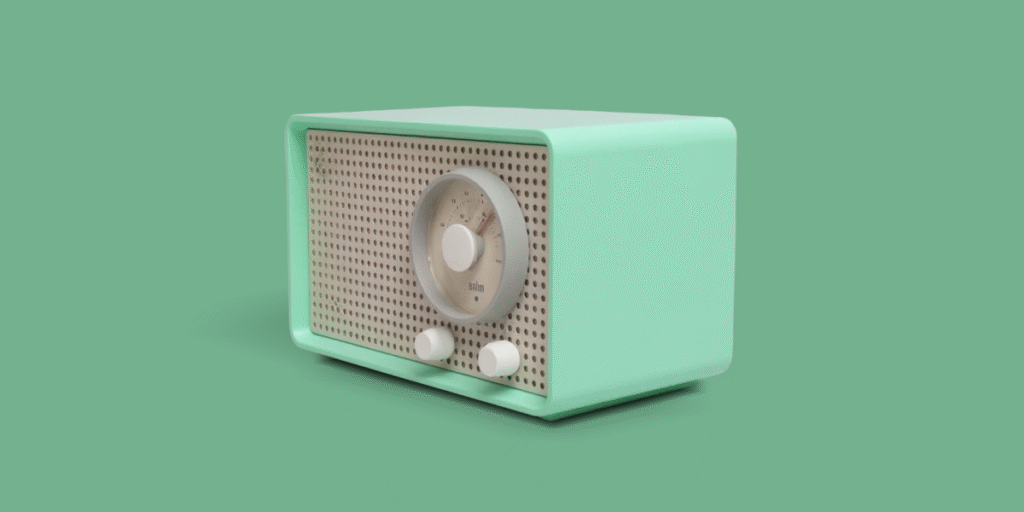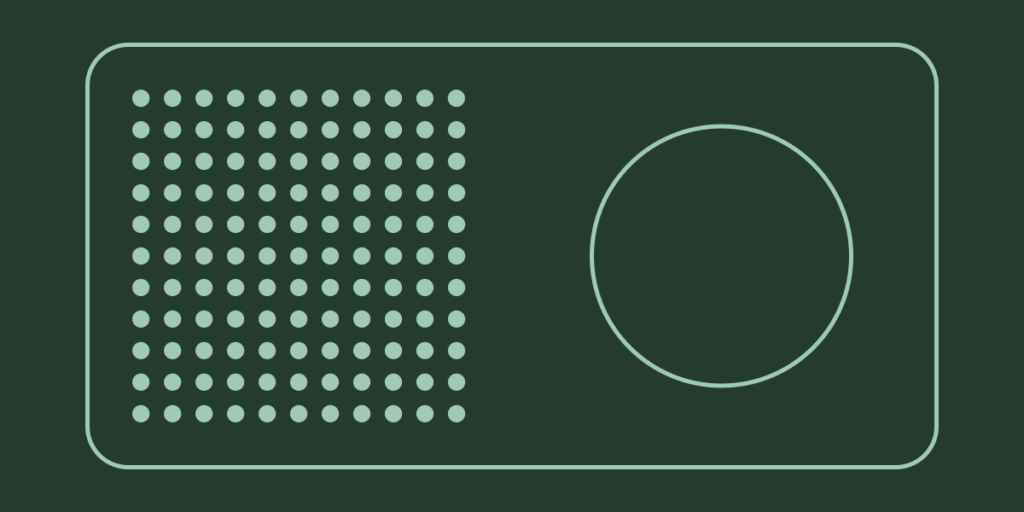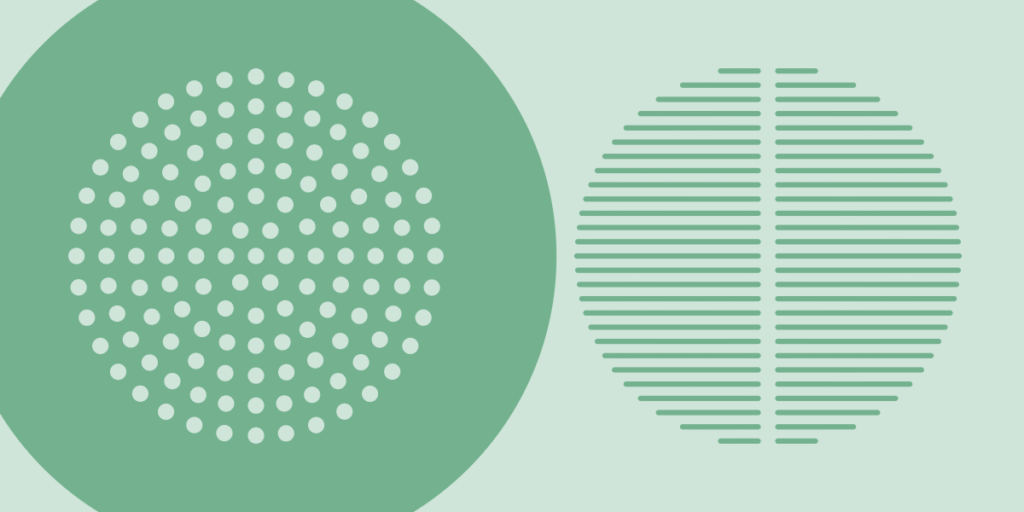Dieter Rams Design Principles remain a compass for modern life. Known for his belief in “less but better,” Rams shaped the language of Braun, inspired Apple, and set out a manifesto that still guides how we design and live today.

Tracing the Path
Dieter Rams was born in 1932 in Wiesbaden, Germany, and grew up during a time of dramatic change. The postwar years shaped his sense that design should respond to real needs, not to excess. He first studied carpentry before entering the Wiesbaden School of Art, where architecture and interior design gave him a grounding in proportion, structure, and clarity.
In 1955 he joined Braun, a company that was beginning to transform the look of modern electronics. Rams quickly found himself in an environment that valued experimentation and discipline, and within a few years he became chief designer. The culture at Braun encouraged him to refine a design language that was simple, rational, and consistent.
Parallel to his work at Braun, Rams formed a lasting partnership with the furniture company Vitsœ. This collaboration deepened his belief that design should adapt to people’s lives and remain useful for decades rather than seasons. The emphasis has always been on long-term value, flexibility, and restraint.
By the 1970s Rams was recognized not just as a designer but as a thinker. He began to speak and write about the responsibilities of design, warning against waste and short-lived trends. His career shows a steady evolution from craft to architecture to product design and finally to philosophy, always rooted in the conviction that less can indeed be better.

The Ten Principles of Good Design
As his career developed, Dieter Rams put into words what guided his work. The result is his Ten Principles of Good Design, a set of ideas that continue to shape how we understand design today.
- Good design is innovative
It uses new technology and ideas, but always in service to people. Innovation should improve life, not complicate it. - Good design makes a product useful
Objects must do what they promise. Every feature should serve a real need. - Good design is aesthetic
Beauty comes from clarity, proportion, and care, not decoration. A product that is pleasing invites use. - Good design makes a product understandable
A well-designed object explains itself. Its form and layout guide the user without confusion. - Good design is unobtrusive
Design should fit naturally into life. It supports the user without demanding attention. - Good design is honest
It does not try to appear more powerful, valuable, or innovative than it really is. Honesty builds trust. - Good design is long-lasting
True design resists trends. It remains useful and relevant for many years. - Good design is thorough down to the last detail
Nothing is left to chance. Every part, visible or hidden, is considered. - Good design is environmentally friendly
It conserves resources, avoids waste, and respects the planet. - Good design is as little design as possible
Less, but better. Reduce until only the essential remains.
For Rams, these principles are not theory but practice. They have guided his decisions at Braun and Vitsœ, ensuring that every product is clear, restrained, and respectful of both the user and the environment. Together they form a manifesto that remains as relevant today as when he first set them down.

Legacy and Influence
Dieter Rams often describes himself as a designer who tries to do as little as possible. Yet his influence is immense. His quiet clarity echoes the spirit of Bauhaus, where form and function are joined to serve everyday life. Rams carries these values into the second half of the twentieth century and beyond, proving that the Bauhaus vision is not confined to a single school or generation.
At Braun his calm, restrained products set new standards. Their language of clear lines, balanced proportions, and logical controls became the foundation for what we now call modern consumer design. This influence reached far beyond Germany. In the 1990s and 2000s Apple’s Jonathan Ive openly acknowledged Rams as a guiding inspiration. The clean geometry of the iPod, the transparency of the iMac, and the simplicity of the iPhone all carry his fingerprints.
Rams’s voice also anticipated today’s concerns about sustainability. He warned early on against waste, short-lived trends, and objects designed only to be replaced. His call for durability and honesty feels sharper than ever in a world of disposable goods and rapid consumption.
At Braun his calm, restrained products set new standards. Their language of clear lines, balanced proportions, and logical controls became the foundation for what we now call modern consumer design. Among them, the radios stand out as true icons. We explore five of them in detail in 5 Dieter Rams Braun Radios.

From Rams to Domovago
Dieter Rams has shown that design succeeds when it begins with people and respects their needs. His call for clarity, usefulness, and restraint is not bound to a particular era or product. It is a way of thinking that can guide how we shape the spaces we live in today.
For Domovago, these lessons are essential. A modular home on wheels must be simple, adaptable, and lasting. Every detail matters, from the way a seat folds into storage to the rhythm of windows and walls. Rams’s principle that good design is as little design as possible speaks directly to this challenge. In small spaces there is no room for excess, only for what truly serves life.
His vision also reminds us that sustainability is not an optional extra but part of the design itself. To build responsibly is to design for longevity, for repair, and for comfort without waste. In this sense, Domovago continues the same conversation Rams began decades ago, proving that less can indeed be better when it comes to creating a meaningful home.
Key Takeaways
- Dieter Rams’s Path: From carpentry to Braun and Vitsœ, Rams shaped a clear and restrained design language.
- Ten Principles: His manifesto calls for honesty, usefulness, and simplicity in every object.
- Domovago Connection: Rams’s vision of less but better guides modular living today.